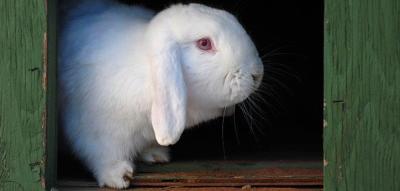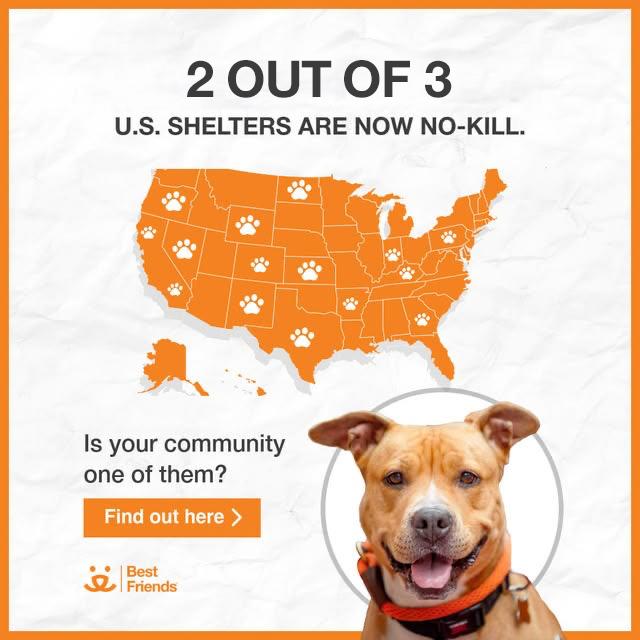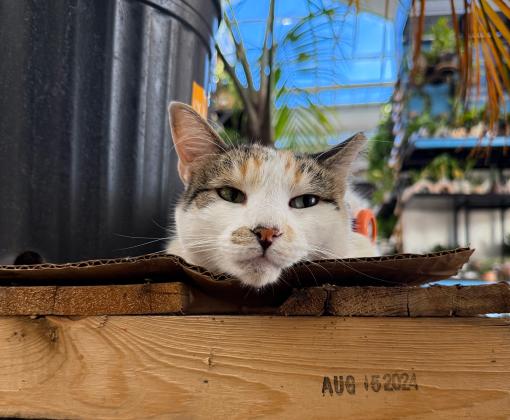
Rabbit Housing: Cages, Hutches, Pens, and More
Because rabbits are prey animals, living outdoors even in a secure hutch can be extremely stressful (and potentially dangerous) for them. Plus, it's easier to make a pet rabbit part of your family and socialize with them if they're living with you inside your home. All rabbits love a special place of their own where they can retreat yet still be a part of family life, and there are several options to consider for rabbit housing.
Rabbit housing guidelines
Here are some guidelines to follow when considering housing for your bunny:

See how your community is doing
- Many rabbit cages are too small to provide humane housing. A rabbit’s home or enclosure should be large enough for the rabbit to stretch out all the way, with their back legs extended times one.
- The home should be tall enough to allow the rabbit to stretch to their full length when standing on their hind feet.
- Provide a wooden shelf that the rabbit can hop up on. This gives your bunny a bit of exercise even when confined inside their home.
- The home needs to have an opening or door large enough for a litter box to pass through and for you to bring the bunny out of the house without injury.
- Wire bottoms are uncomfortable for rabbits and can lead to sore feet. If your rabbit’s house has a wire bottom, cover at least half of it with Plexiglas, a wood platform, or washable towels or blankets. Consider getting a home with a solid metal or plastic tray bottom; it’s healthier and more comfortable for your rabbit.
- Besides the litter box, you’ll need to equip your bunny’s house with a food dish, a ceramic bowl for water, and lots of bunny toys. Even with all these items in the house, your bunny should still be able to stretch out comfortably.
Dog pen for bunnies
One option for bunny housing is a dog pen (commonly called an X-pen). Pens provide spacious enclosures that have room for all the necessities, including toys and a wooden or cardboard house so that your rabbit can have some privacy if they wish. One advantage of pens is that they can be easily moved from place to place. However, note that some rabbits love to jump, so a taller pen might be needed for them.
Make your own rabbit cage
How elaborate you make your bunny’s house is limited only by your imagination and your pocketbook. Many people create and build their own “bunny palaces.” Plus, there are companies that sell double- and triple-level condos with ramps connecting the floors.
Whatever type of housing you choose, make sure your bunny also gets supervised time outside their house on a regular basis to exercise and interact with you.
